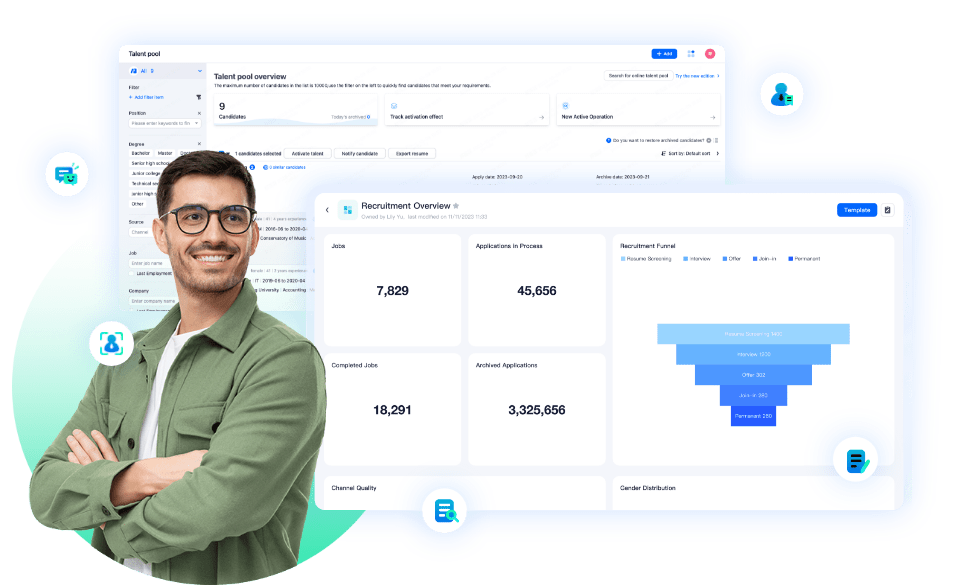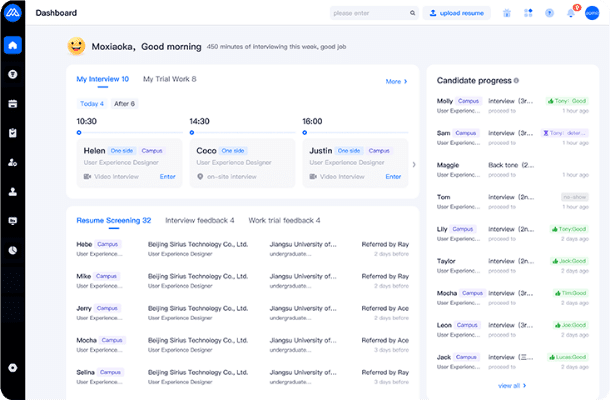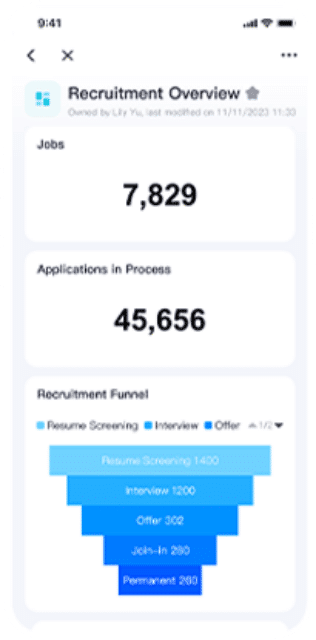
Did you know that over 75% of resumes are never seen by human eyes due to the use of applicant tracking systems (ATS)? In a rapidly evolving job market like Algeria, understanding how these systems function is crucial for both employers and job seekers. With an increasing number of companies adopting technology-driven recruitment processes, ATS has become a game-changer in streamlining hiring practices.
The Unique Features of MokaHR’s ATS in Algeria

MokaHR stands out as one of the leading applicant tracking systems tailored specifically for the Algerian market. Here are some key characteristics:
- Localization: MokaHR is designed with local languages and cultural nuances in mind, making it user-friendly for both recruiters and candidates across Algeria.
- User-Friendly Interface: The platform boasts an intuitive interface that simplifies navigation, allowing HR professionals to manage applications efficiently without extensive training.
- Integration Capabilities: MokaHR seamlessly integrates with other HR tools commonly used within Algerian businesses, enhancing overall workflow efficiency.
- Advanced Filtering Options: This system employs sophisticated algorithms to filter applicants based on specific criteria relevant to the Algerian labor market, ensuring only qualified candidates reach interview stages.
- Anonymized Screening: To promote diversity and reduce bias during recruitment processes, MokaHR offers anonymized screening features that focus solely on candidate qualifications rather than demographic information.
A Conclusion on ATS Applicant Tracking in Algeria
The implementation of ats applicant tracking systems like MokaHR represents a significant shift in how recruitment is conducted within Algeria. By leveraging advanced technology tailored to local needs, organizations can enhance their hiring processes while providing equal opportunities for all candidates. As we move forward into an increasingly digital future, embracing such innovations will be essential for staying competitive in the ever-evolving job landscape.
